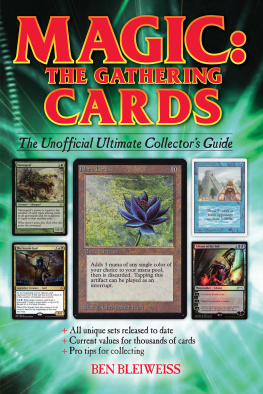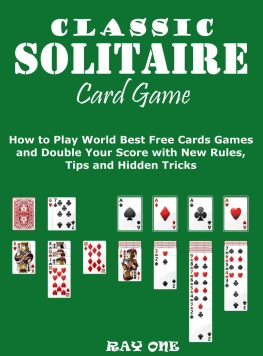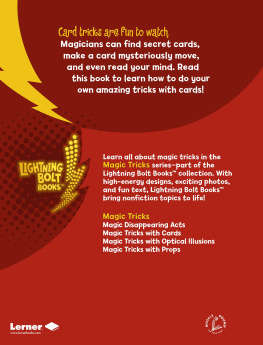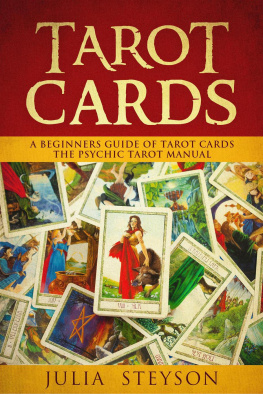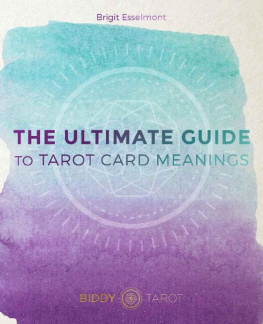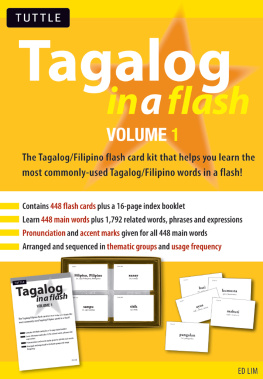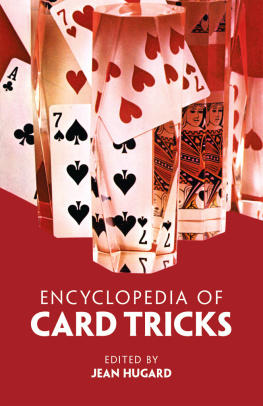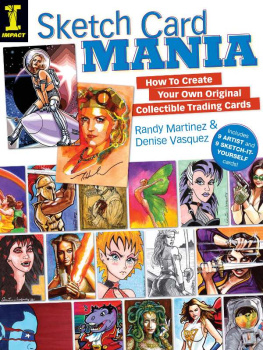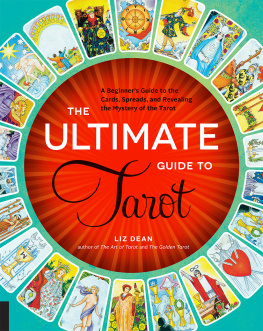Contents
Guide
MAGIC:
THE GATHERING
CARDS
The Unofficial Ultimate Collectors Guide
BEN BLEIWEISS
CONTENTS
INTRODUCTION
THIS YEAR MARKS the 25th Anniversary of the introduction of Magic: The Gathering. If youre one of the tens of millions of people who have played the game globally hello there! If youre picking up this book and are not familiar with Magic: The Gathering (also known as MTG) at all, youre not alone. If there was an awards category for most-played game in the world that nobody has heard of, I think that Magic would win hands down. Lets look at some facts:
- Magic: The Gathering is produced by Wizards of the Coast. Wizards was purchased by Hasbro in 1999, and MTG is now one of the seven franchise brands of the entire company. The other six are the little known Nerf, Play-Doh, Transformers, Monopoly, My Little Pony, and Littlest Pet Shop brands.
- There is a thriving Magic tournament scene worldwide; in 2017 alone, Wizards of the Coast gave out over $4 million in cash prizes in their Pro Tour and Grand Prix series of events. That number is going up significantly in 2018 to celebrate the 25th year of Magic!
- MTG is the largest hobby-channel trading card game, and second largest mass-market TCG (behind Pokmon). Estimates are that Magics overall sales have eclipsed that of the Pokmon TCG, making it the largest game of its type on the planet.
- Magic cards have value. A Mint-condition Alpha Black Lotus from 1993 clocks in at around $30,000. But you dont have to go that far back to find other higher-dollar cards. Cards printed as recently as last year are worth over $100.
Magic: The Gathering is a worldwide phenomenon. All major sets are printed in eleven languages: English, Simplified Chinese, Traditional Chinese, French, German, Italian, Japanese, Korean, Portuguese, Russian, and Spanish.
Given all that, Im not shocked if youre still unfamiliar with Magic. Ive worked in the MTG industry for over fifteen years, and countless times when Ive met someone new, theyve stared at me blankly when Ive said I buy and sell Magic: The Gathering cards for a living.
Im blessed in that I am able to make my career in something I am passionate about. When Kris from Krause reached out to see if I was interested in writing a book about Magic: The Gathering, I jumped at the chance. I truly believe that Magic is one of the best games ever made. Its not only a game, though its also a huge collectible market. And its not just a huge collectible market its a huge market that has held value with steady growth for twenty-five years. We arent talking about a flash-in-the-pan Beanie Baby market, or the baseball card market of the late 1980s/early 1990s. Were talking about a living, thriving economy that has been forged over decades of product growth.
Richard Garfield, a mathematician and game designer, invented Magic: The Gathering, and the story goes like this: Garfield wanted to produce a board game called RoboRally. When he met up with Peter Adkison, who owned Wizards of the Coast, Peter told Richard that if Richard would invent a game that was easily portable and could be played quickly between games of other games, he would produce RoboRally. Richard took some other games that he had previously been working on, reworked their rules, and came up with Magic: The Gathering.

A Mint-condition Alpha Black Lotus is valued around $30,000.
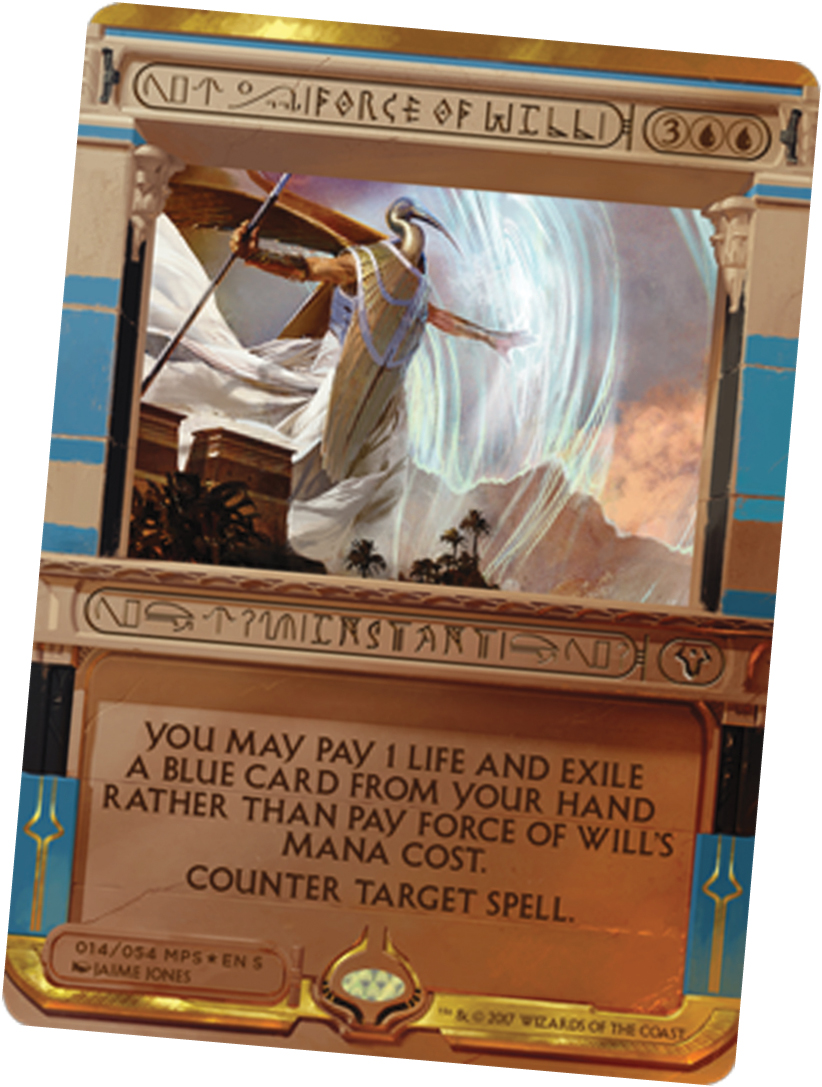
Many cards printed as recently as last year, such as Force of Will, are worth over $100.
Magic: The Gathering debuted at Gen Con, the largest gaming convention in the United States, in August of 1993. There were 295 cards in the premier set, which would come to be known as Alpha. Cards were packaged in one of two ways: As 15-card Booster Packs, or 60-card Starter Decks.
The novelty of Magic was such that when you opened a Booster Pack, you would get the following:
- 11 Common or Basic Land cards
- 3 Uncommon or Basic Land cards
- 1 Rare card (though one slot on the original Alpha Rare sheet might be a Basic Island)
You then had to take the cards you opened, and build a deck of a minimum 40 (later 60) cards to play against an opponent. The game sold insanely well at Gen Con, and quickly went to a second (Beta) and third (Unlimited) printing. These all sold out, too! Wizards of the Coast began releasing new expansions (new sets of cards), and these not only sold out, but also quickly rose in secondary market value because the demand far exceeded supply. It wasnt until the 9th set (Fallen Empires, November of 1994) that supply caught up to (and exceeded) demand.
In 1996, Wizards of the Coast introduced the Pro Tour a series of invitation-only events that put a spotlight on the top-end of tournament play for cash prizes. The first Pro Tour (in New York City) paid out $30,000 in prizes. Over time, this has grown; in 2017, each of the four Pro Tour events paid out a whopping $250,000 in prizes!
Magic isnt just played competitively. Its enjoyed by people at local game stores, kitchen tables, schools, and in bars. People collect the cards to make complete sets. Many people get cards that are illustrated by their favorite fantasy artists to complete autograph collections. As I said before, there are tens of millions of people who play Magic: The Gathering each year worldwide.
I have three concrete goals for this book:
- Share my love for Magic: The Gathering. Its a huge game, its fun, and were celebrating the 25th Anniversary of it. Its spawned an entire genre of trading card games, but continues to be the first and biggest even after all these years.
- Share my knowledge of Magic pricing. I mentioned earlier that Ive been playing Magic since 1994. Ive also been behind the scenes working with Magic since 2002. I spent three years writing columns for Wizards of the Coast at MagicTheGathering.com, and one year providing written tournament coverage for their Grand Prix circuit. Ive also been the person in charge of pricing cards for StarCityGames.com, the largest Magic retailer in the world. Im widely recognized as the first person to seriously write Magic: The Gathering financial articles on a regular basis, and I am considered an expert in the field of Magic prices.
- Ive been wanting to write a book about Magic: The Gathering for years now. The book youre holding in your hands right now is a pretty comprehensive guide of the value of Magic cards. While the market is ever-shifting (more on this in the next section), this book will give you a really good idea of which cards are valuable, why they are valuable, and how you should value these cards based on condition, edition, and rarity.
So whether youre completely unfamiliar with Magic: The Gathering, are only casually acquainted with the game, or are a die-hard player, welcome to this book, and 25th Anniversary celebration of MTG!
WHY ARE MAGIC CARDS VALUABLE?
IT IS IMPORTANT to note that Magic is a collectible card game, and as with all collectibles, prices are constantly in flux. Although this book is as accurate as I could make it at the time, Magic: The Gathering is an ever-evolving economy with hundreds of thousands of moving pieces. This book will give you a fantastic overview of which cards have value, and their value relative to other cards. With that said, I cannot stress enough that if you are actively looking to price your cards for immediate sale/purchase, please visit a website like , and I will do my best to answer your questions! (Hey if you spent the money to buy this book, the least I can do is spend a few minutes answering your e-mail!).

